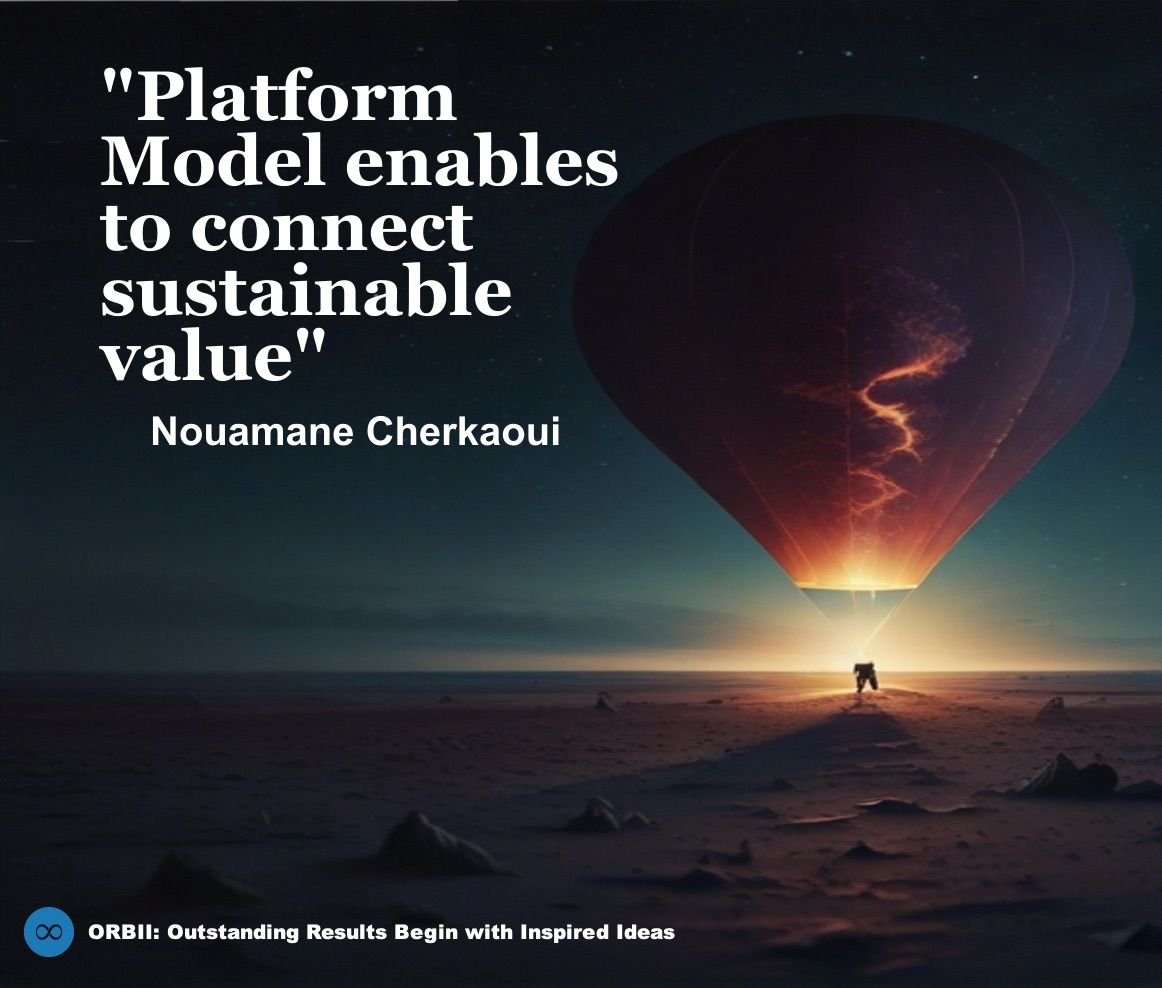Platform Model enables to connect sustainable value
Globalization, the merge of digital services, the explosion of data, and the need for ATAWAD mobility connection (which refers to the technological capability provided to users to access information *anytime, anywhere, on any device). GAMA and BATX have understood that the fusion of tech, data and mobility will open up the possibilities for them thanks to platforms.
New competition in an open and innovative world
For many years, we have been witnessing the emergence of new business models like big tech, which are transforming many industries with new rules. GAFA, NATU, and BATX are reshaping the landscape with AI, machine learning, blockchain, and are driving drastically new business models. All these changes require a rethinking of B-To-B and B-To-C relationships around what we now call Platforms.
The platform economy is a current and future trend. It offers challenges and opportunities for enterprises, industries, markets, and public organizations, but also for society, customers, and daily lives. Platforms are hybrid players between companies and markets, driven by technological innovations, online connectivity, and data.
The success of platforms now seems exponential, and their growth unlimited. Companies like Amazon, Uber, and Airbnb are disrupting entire sectors (retail, urban mobility, hotels, and restaurants) and competing with or even outgrowing historical leaders.
What is Platformization and a Platform?
Platformization is a phenomenon where organizations evolve their structures to adapt, change, and pursue their missions in a dynamic context. A platform is a business model that leverages technology and enables companies to offer new services and interact more effectively with employees, customers, suppliers, and the broader economic ecosystem.
Platforms are not just integrated suites of software products but holistic business models that create value by connecting consumers and producers. They leverage network effects to drive transactions, and some even use physical assets as control points to increase usage and foster developer ecosystems.
Key Elements of a Successful Platform
To build a successful platform, several key elements are necessary:
- Network effect: When new users increase the value and usefulness of a product or service. For example, the more users a social media platform has, the more valuable it becomes for communication.
- User experience (UX): A successful UX creates strong relationships between the brand and users, focusing on customer needs and building long-term ties.
- Data: Data is the fuel of platforms. It allows for personalized, optimized services, and data analytics enables better decision-making and recommendations.
- Technology: The technological backbone of a platform ensures connections, cross-services, and enables scalability. Using cloud technologies and agile delivery practices, platforms can integrate and evolve with market trends.
Platforms Driving Digital Transformation
Platforms are a response to digital transformation. Companies like Alibaba, Ping An, or Airbnb have successfully utilized platforms to partner with companies in complementary sectors. Digital platforms redefine customer relationships, emphasizing customer experience, products, and services. Technology makes it possible to offer these services, collect data, and better exploit it to innovate and personalize services.
In the digital platform ecosystem, technology mediates connections between actors (people, organizations, resources), making it easy for participants to exchange value. Steve Jobs once said, “Technology alone is not enough,” highlighting the importance of openness, innovation, and collaboration.
Platforms allow companies to bolt on products and services, access new markets, and grow top-line revenues by understanding customer demands and collaborating with the ecosystem.
Licence: The licence conditions for this article are not specified.



